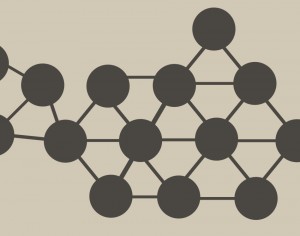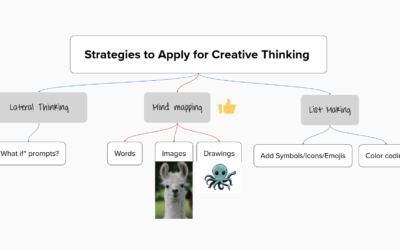 The average smart phone is a miracle of functionality. These mini-computers provide over a billion people with such amazing features as global positioning, internet search, instant communications, and of course, some entertainment. The best, fastest, coolest new phone – without access to a network – quickly becomes nearly useless.
The average smart phone is a miracle of functionality. These mini-computers provide over a billion people with such amazing features as global positioning, internet search, instant communications, and of course, some entertainment. The best, fastest, coolest new phone – without access to a network – quickly becomes nearly useless.
The first thing any new phone wants to do is connect to the network. It wants to sync your data, download your apps, customize your experience. The absence of a network means that particular piece of hardware is just a really tiny computer. In that case, the phone is really a bad deal and nearly any cheap netbook computer is actually better as a stand alone device.
Nonprofits can learn a thing or two about the power of networks and aggregation. Alone, a single nonprofit can do some neat things, but in a network, the value of that work is amplified on a logarithmic scale.
The conversation of nonprofit impact is too often focused on the single nonprofit, or the “node” in this analogy. It’s as if a single mobile phone tower provides value on its own. Each nonprofit functions best when aggregated, and it’s not just adding two plus two, it’s moving the value up by factors. The problem is in creating a constituency or donor base for the aggregated whole, rather than the current model of building supporters for the specific nonprofits.
One way this may change is to start putting our value on the aggregated results of the network and not the specific outputs of any one nonprofit. This is not how we reward nonprofit effort today, and will take some culture change in charities and in donors, but the data is becoming easier to coalesce into a single narrative and it may make more sense. Instead of the fundraising pitch being “your donation helps us tutor a child after school, please help,” the aggregated story might be “if you join with our network, and ten thousand kids get tutoring help, the collective economic impact is X bazillion dollars – which can’t happen without your donation.” Put another way, if you aren’t part of the network, the value is a decreased by one factor less. That factor was a multiple, not an addition. The value is substantially lower in a network without just one more node. The inverse is also true – one more donor in a factored network increases value way more than just the addition of one.
This isn’t an easy case to make, and it may take some time to get the conversation rolling. Each time a nonprofit or a donor suggests they don’t really make that much of a difference to a network – show them Metcalf’s law, and tell them to use their phone for a week without it connecting to a network. The difference of combined and coordinated work can speak for itself.
-
Pingback: Corporate giving to corporate engagement amplifies value | Next in Nonprofits




